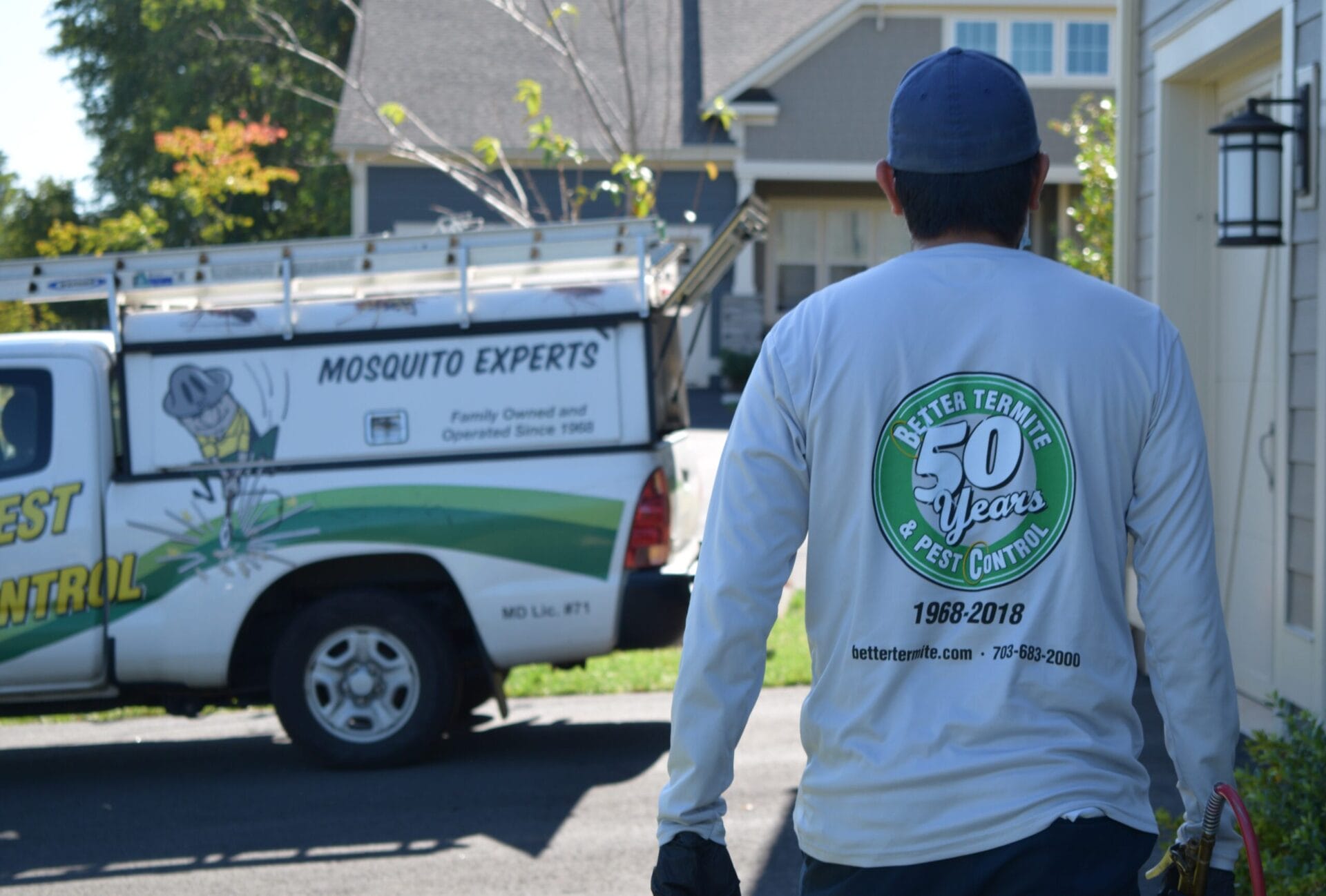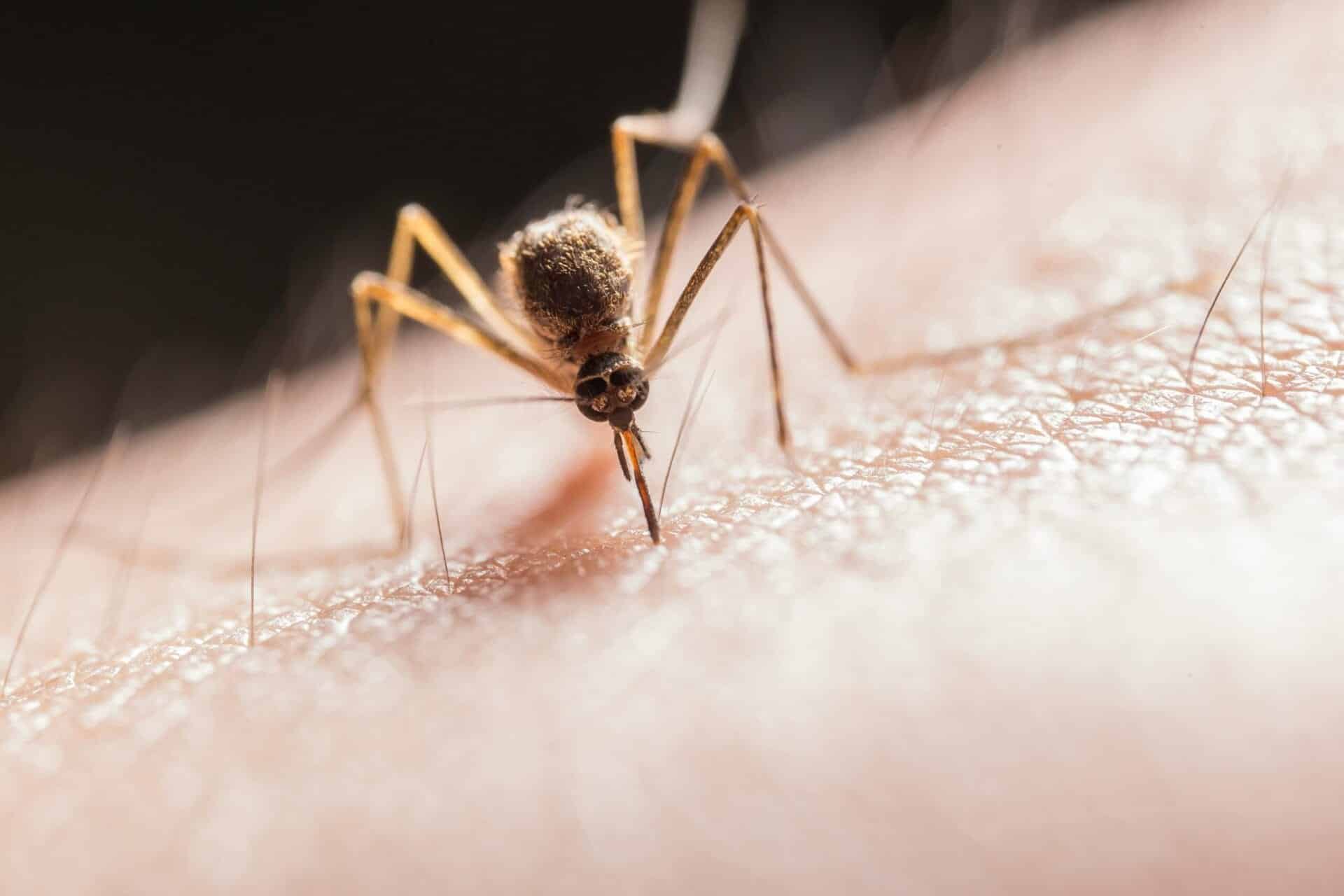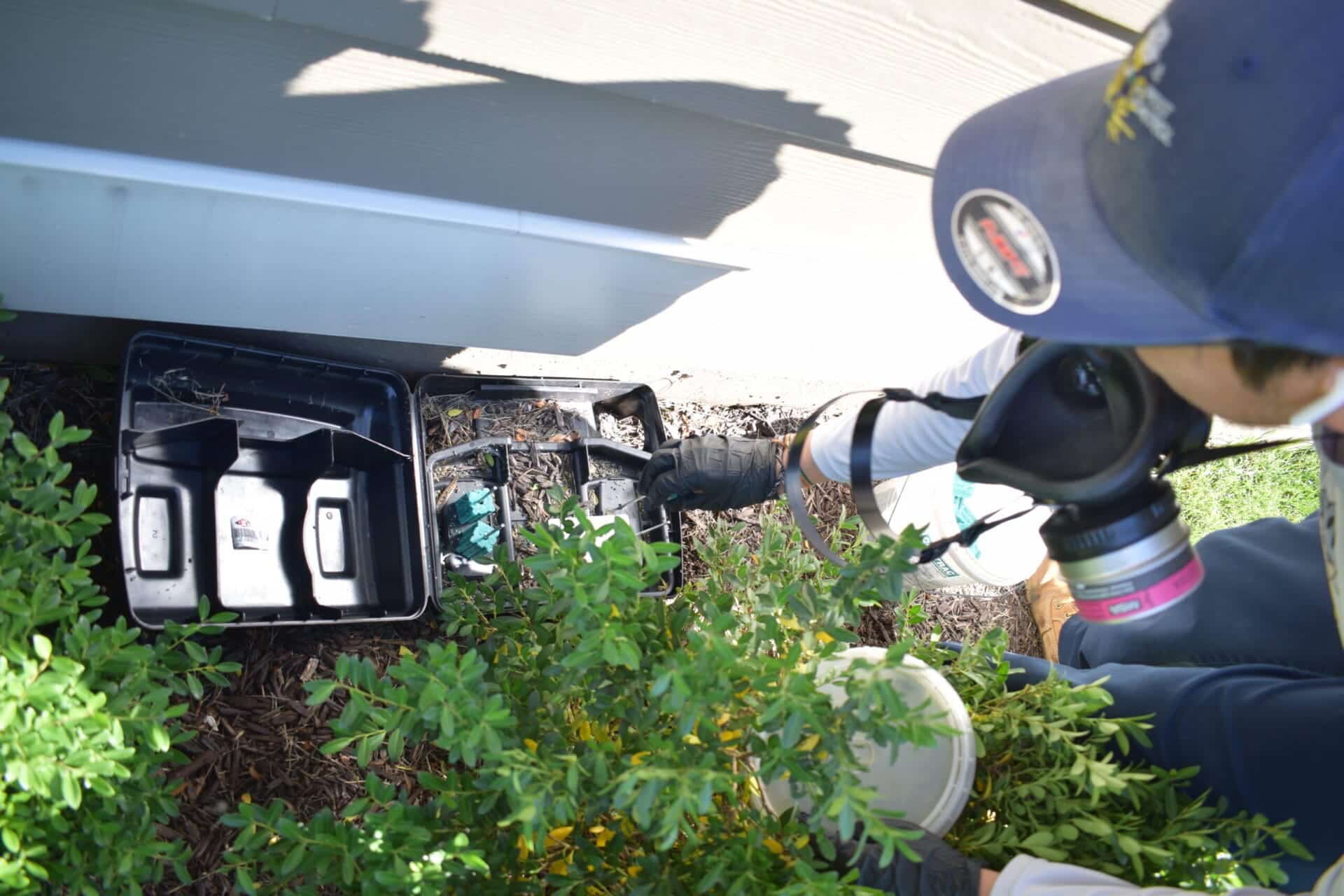


Quick Navigation
Finding a bug scurrying across your kitchen floor can make your heart skip a beat. But before you panic about a cockroach problem, take a closer look. Many insects look remarkably similar to cockroaches at first glance, leading to countless misidentified pest situations.
Over the years working in pest control across DC, Virginia, and Maryland, I’ve responded to many calls from homeowners convinced they had roaches. After inspection, we often discovered the culprits were actually beetles, water bugs, or crickets instead. Proper identification matters because treatment approaches differ completely between true cockroaches and their look-alikes.
💡 Expert Identification Tip: Most homeowners who panic about “roaches” are actually seeing harmless beetles or crickets. True cockroach infestations leave distinctive signs like pepper-like droppings and musty odors that single look-alike insects never produce.

Before diving into what bug looks like a cockroach, you need to know what actual cockroaches look like. German roaches, Oriental roaches, and American roaches are all common in the DC metro area.
True cockroaches share several distinctive characteristics:
Cockroaches undergo incomplete metamorphosis, developing from egg to nymph to adult without a pupal stage. This development pattern affects how you might spot them at different life stages.
According to Virginia Tech Extension, cockroaches undergo incomplete metamorphosis, which distinguishes them from many other insects. Unlike beetles, which go through complete metamorphosis (egg, larva, pupa, adult), cockroaches skip the pupal stage entirely. This means juvenile cockroaches (nymphs) look very similar to adults, just smaller and wingless, making identification easier across all life stages.

Ground beetles probably cause more confusion than any other insect when people ask what bug looks like a cockroach. These beneficial predators often wander indoors, especially during weather changes.
How to tell ground beetles apart from cockroaches:
Ground beetles are actually beneficial insects that hunt other pests. They can’t survive long indoors and don’t pose any health risks like cockroaches do.
According to Ohio State University Extension, ground beetles are actually predatory insects that provide natural pest control services. They hunt aphids, caterpillars, slugs, and other garden pests, making them valuable allies for homeowners. Unlike cockroaches, which are scavengers and potential disease vectors, ground beetles cannot survive in indoor environments for extended periods due to their specific dietary and environmental needs.
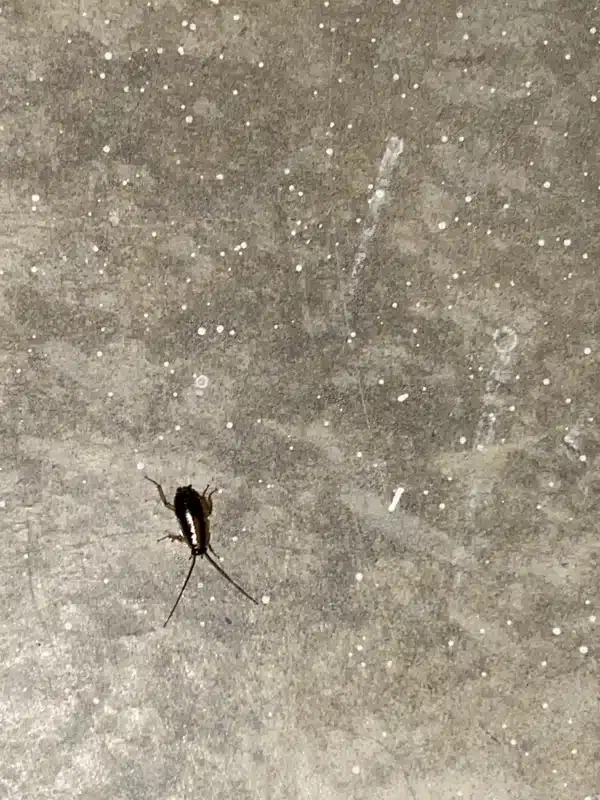
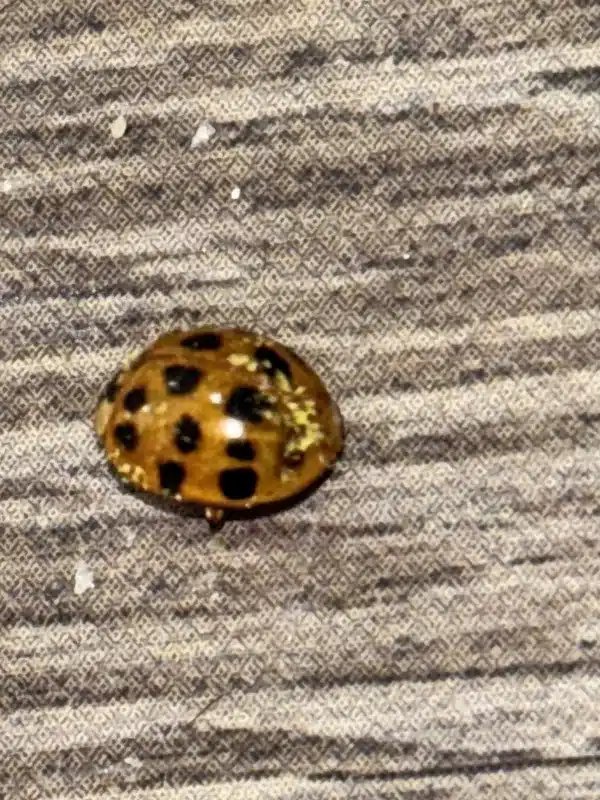
Giant water bugs create panic when they crash-land on porches after flying toward lights. These aquatic hunters are much larger than any domestic cockroach, but their dark color and oval shape can trigger roach fears.
When determining what bug looks like a cockroach, giant water bugs stand out because they’re typically 2-3 inches long – far bigger than even American cockroaches. They have several unique features:
According to BugGuide, these insects are purely aquatic and only end up indoors accidentally. Unlike cockroaches, they can’t establish indoor populations.
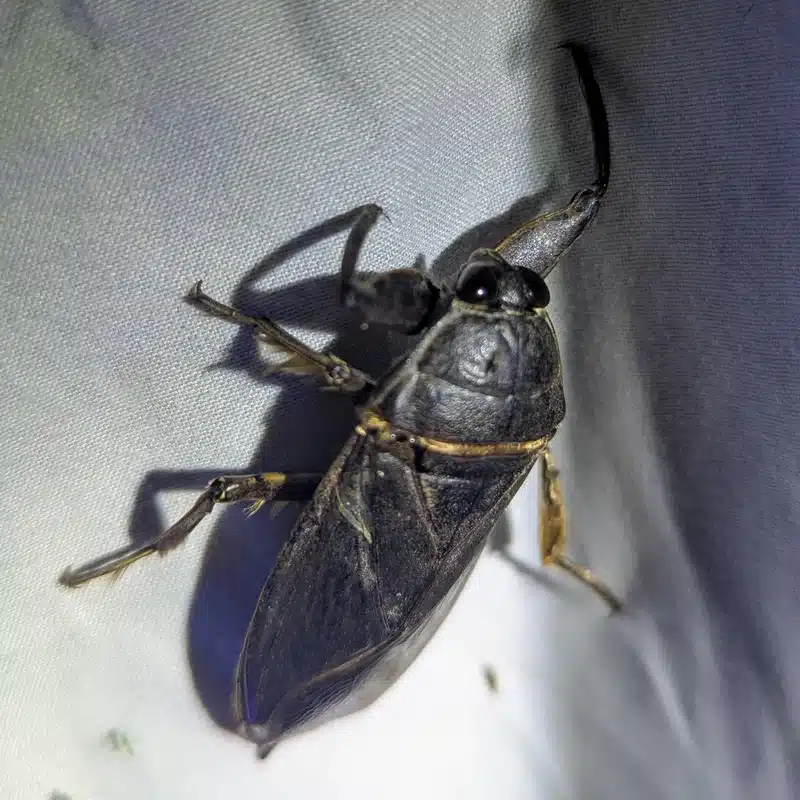
Several cricket species commonly get mistaken for cockroaches, especially in basements and crawl spaces. The confusion usually happens in dark areas where their jumping ability isn’t immediately obvious.
House crickets are tan-colored with dark bands on their heads. They’re similar in size to German cockroaches but have massively enlarged hind legs for jumping. Field crickets appear more roach-like because they’re robust and black, sometimes reaching 30mm in length.
Camel crickets cause the most confusion because they’re wingless and don’t chirp. These hump-backed insects congregate in damp basements throughout Virginia, Maryland, and DC, preferring cool, moist environments and often gathering in large numbers.
According to University of Maryland Extension, camel crickets (also called cave crickets) are beneficial decomposers that break down organic matter in their natural environment. Unlike pest cockroaches, these crickets cannot reproduce successfully indoors and typically die within weeks without access to proper food sources and moisture levels. Their seasonal population surges in basements often coincide with outdoor weather changes that drive them to seek temporary shelter.
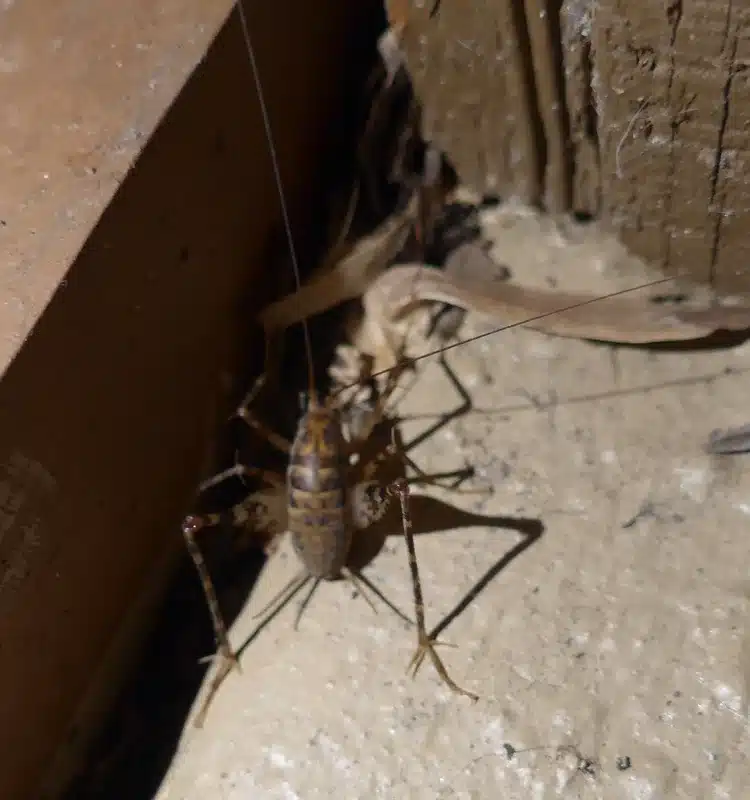
Key differences that help identify crickets when you’re wondering what bug looks like a cockroach:
Here’s where things get tricky. Many people call Oriental cockroaches “water bugs” because they prefer damp areas like basements and crawl spaces. This creates confusion when homeowners try to identify what bug looks like a cockroach.
Oriental cockroaches are true cockroaches, not water bugs. They’re large, glossy, and very dark brown or black. They love moisture and often enter through floor drains or basement windows. Meanwhile, true water bugs are the giant aquatic insects mentioned earlier.
This naming confusion affects treatment decisions. Water bugs versus cockroaches require completely different approaches because one is an occasional invader while the other can establish serious infestations.
Earwigs occasionally get confused with cockroaches, especially when spotted quickly in dim lighting. However, they have one feature that makes identification easy once you know what to look for.
The pincer-like cerci at their abdomen tips are unique among household insects. No cockroach species has these forceps-like appendages. Earwigs are about 15mm long, brown, and have short leathery forewings.
According to University of Minnesota Extension, earwigs sometimes wander inside during hot, dry weather but don’t establish indoor populations like cockroaches do.
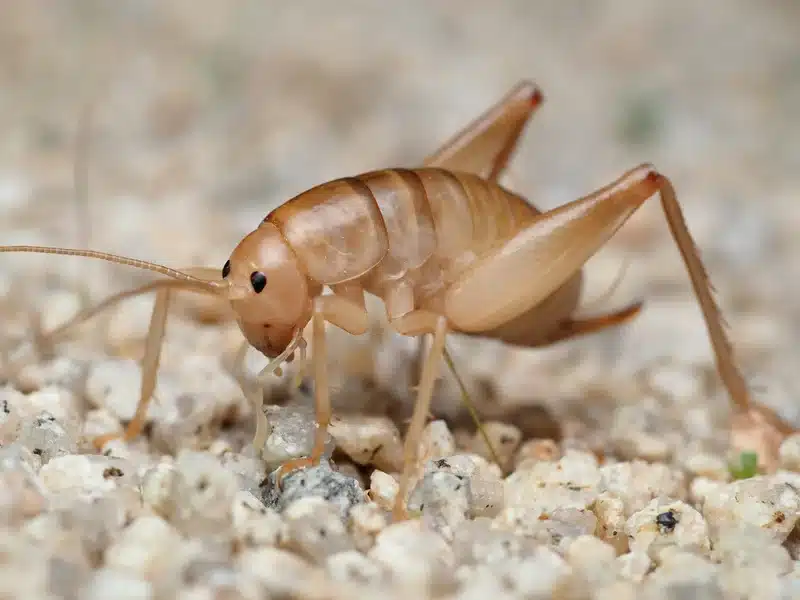
When you spot a suspicious bug and wonder what bug looks like a cockroach, follow these steps for accurate identification:
I always recommend taking photos when possible. Include something for scale, like a coin, and try to capture both top and side views. This documentation helps with professional identification if needed.
Sometimes visual identification isn’t enough to determine what bug looks like a cockroach in your specific situation. Professional identification becomes crucial when you’re seeing multiple insects or finding evidence like droppings.
Real cockroach infestations leave telltale signs that look-alikes don’t produce:
In my experience, homeowners who see one beetle or cricket rarely find these additional signs. But when dealing with true cockroaches, especially kitchen insects similar to cockroaches, the evidence accumulates quickly.
🚨 When to Call a Pest Control Professional: If you’re finding multiple insects, discovering droppings, or detecting musty odors, don’t wait. Early professional intervention can prevent a minor problem from becoming a major infestation that requires extensive treatment.
Different areas around DC see specific patterns in both true cockroaches and look-alikes. Understanding these regional trends helps when identifying what bug looks like a cockroach in your neighborhood.
German cockroaches dominate high-rise apartments near Metro corridors, where steam heat and food service create ideal conditions year-round. American cockroach complaints spike during July through September after humid thunderstorms flood storm sewers.
Wood roaches surge in May when males fly toward porch lights in wooded areas of Fairfax, Montgomery, and Loudoun counties. These native species often get mistaken for pest cockroaches, but they can’t survive indoors long-term.
Camel crickets explode in older DC row houses where sandstone foundations wick moisture into basements. I’ve seen homeowners panic over dozens of these harmless insects, thinking they had a massive roach problem.
Understanding what bug looks like a cockroach affects treatment decisions significantly. True cockroach problems require intensive, ongoing management while most look-alikes need only exclusion and moisture control.
For bugs that look like roaches but aren’t actually cockroaches, treatment focuses on:
Real cockroach infestations demand comprehensive approaches including crack-and-crevice treatments, baiting programs, growth regulators, and ongoing monitoring. The investment in time and resources differs dramatically.
Identifying what bug looks like a cockroach in your home requires careful observation of key features like body shape, antennae, and special appendages. While many insects can trigger cockroach fears, most are harmless occasional invaders rather than serious pests. When in doubt, professional identification ensures you get the right treatment approach for your specific situation.
If you’re dealing with suspected cockroaches or need help identifying mysterious insects in your DC, Virginia, or Maryland home, don’t hesitate to reach out. Call us at 703-683-2000 or email info@bettertermite.com for expert identification and effective treatment solutions.
Don’t let uncertainty about pest identification lead to ineffective treatments. Our experts can accurately identify any bug and create a targeted solution for your home.
Ground beetles are the most commonly mistaken insects for cockroaches. They’re dark, fast-moving, and similar in size, but have hard wing covers and short antennae unlike true cockroaches. Other common look-alikes include crickets, water bugs, and earwigs.
Check the antennae length and body shape. Cockroaches versus beetles differ significantly – cockroaches have long, thread-like antennae and flattened bodies, while beetles have short antennae and hard, domed wing covers that meet in a straight line.
True water bugs are much larger (2-3 inches) with raptorial front legs and hidden antennae. They’re aquatic insects that occasionally fly to lights. Many people call Oriental cockroaches “water bugs,” but these are actually true cockroaches that prefer moist areas.
Baby roaches (nymphs) look similar to adults but are smaller and wingless. They maintain the same flattened body shape and long antennae as adults, making them distinguishable from other insects even at young stages.
Yes, especially camel crickets in basements. However, crickets have enlarged hind legs for jumping, cylindrical bodies with humped backs, and different movement patterns. They hop rather than scurry like cockroaches do.
Take clear photos including something for scale, note where you found it, and contact a licensed pest control professional. Proper identification determines the right treatment approach and prevents wasting time on ineffective methods.
Wood roaches versus cockroaches differ in behavior and survival ability. Wood roaches are native outdoor species that occasionally wander inside but can’t establish indoor populations like pest cockroaches such as German or American roaches.
Different insects require completely different treatment approaches. True cockroaches need intensive management with baits and growth regulators, while most look-alikes only need exclusion and moisture control. Misidentification wastes time and money on ineffective treatments.

With five years of hands-on experience in the pest control industry, George Schulz is a registered technician with the Virginia Pest Management Association and a proud third-generation professional in a family business that’s been protecting homes for over 57 years. He manages and trains a team of service pros while also leading internal research efforts—recently spearheading a deep-dive review of thousands of documents on pest control materials to hand-pick the most kid and pet friendly, most effective solutions tailored specifically for homes in the DC metro area. Read his bio.

